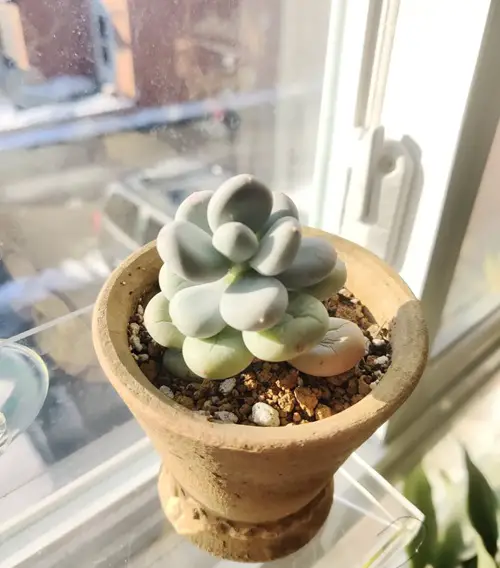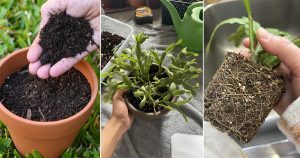Are you worried about why your Pachyphytum leaves are turning mushy? Don’t worry—you can save your succulent with these tips!
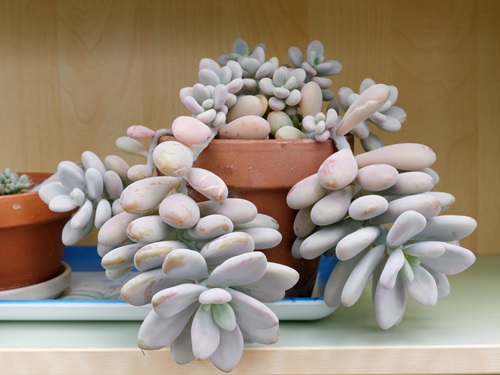
Take a look back at your plant care and maintenance routines and see if you can find the root cause of why your Pachyphytum leaves are turning mushy or find everything in this guide! Also, get a bonus of winter care tips for your succulents.
Pachyphytum Succulents
Straight from Mexico, Pachyphytum is a genus of Succulents in the stonecrop family. These species typically grow from 600 to 1500 meters (2000 to 4900 ft) above sea level. The name “Pachyphytum” was established from the Greek words “pachys” meaning thick and “phytum” meaning plant i.e., “thick plants”.
Also, they do live up to their names! These succulents have super thick leaves that are very juicy inside and come in a variety of colors, arranged in rosettes.
Why Your Pachyphytum Leaves Are Turning Mushy in Winter?
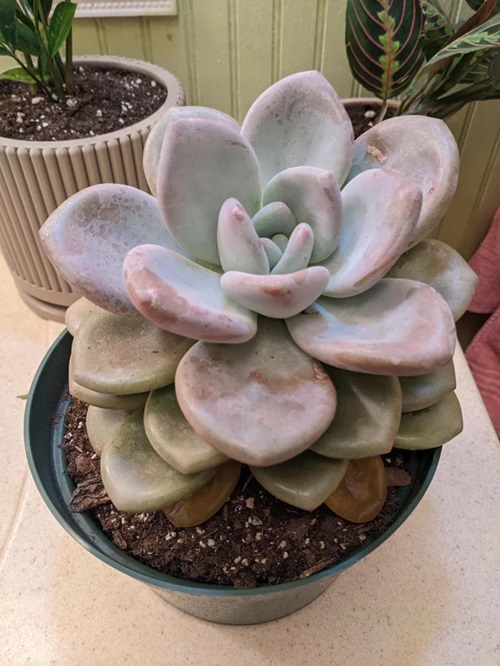
Most of the time, succulents do not require frequent watering, especially in the winter season. Because during this time they do not grow actively. In the meantime, if you overdo the watering cycle then it shows the signs of overwatering like mushy, soft, or squishy leaves.
If not treated sooner, this problem will lead to further yellow or browning of leaves and stems, and root rotting. So, here are some of the ways to treat this damage and prevent such mishaps to keep your succulents healthy and flourishing.
Winter Care with Some Tricks and Tips
1. Stop Watering
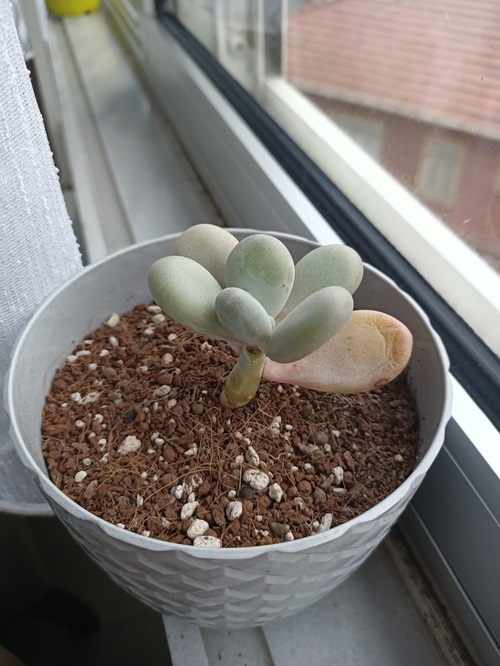
If your Pachyphytum succulents are turning mushy and soft, just stop watering at the earliest. Let the soil dry out first and you can check this by sticking your finger one inch deep into the soil. If it seems moist or wet then your soil is hydrated enough that you do not need to pour water anymore.
When it comes to watering succulents it seems to be quite a tricky job! Because at times even the minimum is too much. Already they are mostly drought-tolerant plants, so they do not require too much moisture.
2. Root Health Check
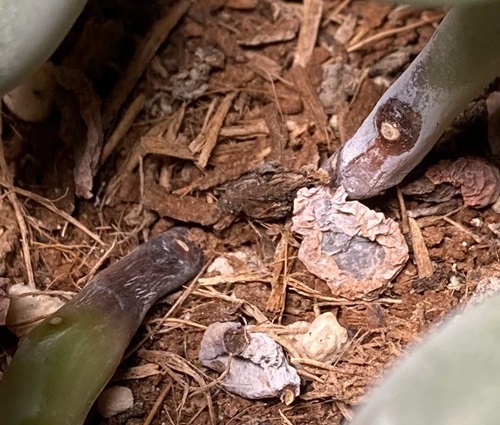
Sometimes what happens is that, due to too much water retention in the soil the roots start to rot. This is indicated by yellow or brown leaves and leaf dropping. In this case, what you can do is take out the plant from the potting mix and do a thorough check for any signs of root rot.
If you see any mushy or squishy roots, you have to remove those roots with a sterile shear or cutter. Then repot your plant into fresh and well-draining soil.
3. Maintain a Porous Potting Medium
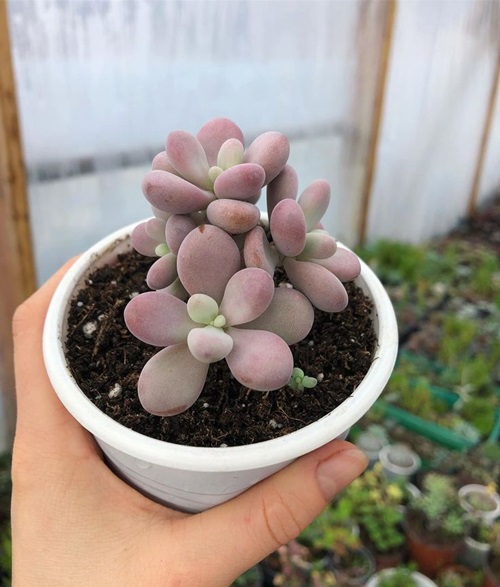
To keep a healthy plant you have to maintain a porous, well-draining soil mixture. It should contain sandy soil, perlite, or small pebble-like particles to make the soil porous (that drains out excess water quickly). Along with this add some cocopeat and compost to make the mixture nutritious and healthy.
All is good when the feed is good! In this case, feeding in the dormant period is not required so you can skip fertilizing your winter dormant plants and start it during the beginning of their active growing season or spring-summer season.
4. Drainage Holes in the Pot is a Must
After all the prior checkups and changes you have done to save your plant from overwatering, don’t skip this important one! Because if the pot doesn’t have any holes then all the hard work will come back to zero. The excess water needs to drain out smoothly from the holes to prevent wet and overly moist soil.
So, make sure the pot has enough drainage holes, and even if not, you can puncture some in a plastic pot with a sharp pointy object. Else, replace it with another one that has holes at the bottom.
5. Choose a Bright Spot
The perfect place for Pachyphytum succulents is where they get the morning sunshine rays but avoids the harsh afternoon burst of sunlight. So, in the winters while you are keeping it indoors then a windowsill or balcony that faces South is great for them to thrive and absorb sufficient light and dry out the excess moisture in the soil.
Along with this, try and avoid too dark locations because that too makes the soil overly damp and causes mushy leaves.
6. The Last Option—Replant the Survivors!
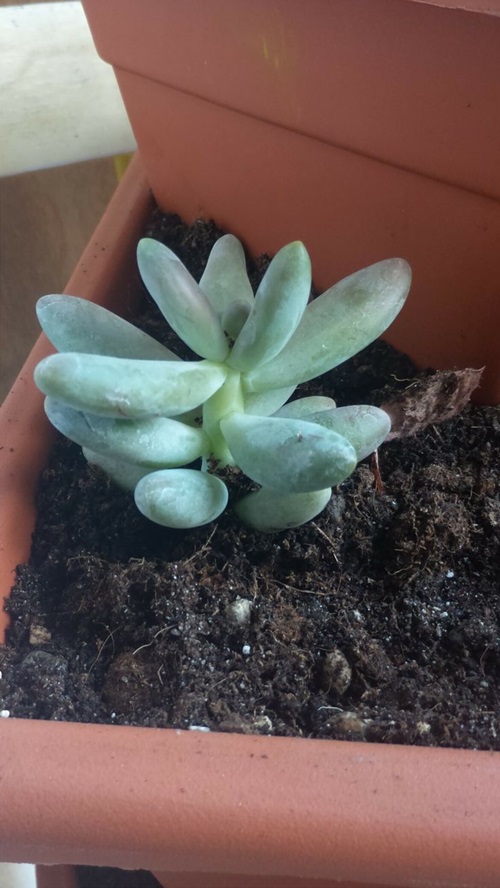
The scariest incident that can happen to a gardener is watching your plants die! Sadly, you can only do the least at such times. If overwatering has caused so much damage to your plants and even the roots are in such a stage that repotting won’t be helpful. Then, aim for the last best option “Replant the good parts”.
Pachyphytum succulents can be propagated from their stems and leaves, so use a sterile cutter and discard all the extremely damaged sections. Then prepare a good potting mixture and propagate the healthy leaves and stem cuttings in it for a new start.
Hoping that you do not need the last option remedy and before that, you can revive your beautiful succulent! Just make sure that you can excel in the skill of watering and you are good to go. Let us know when this happens.

